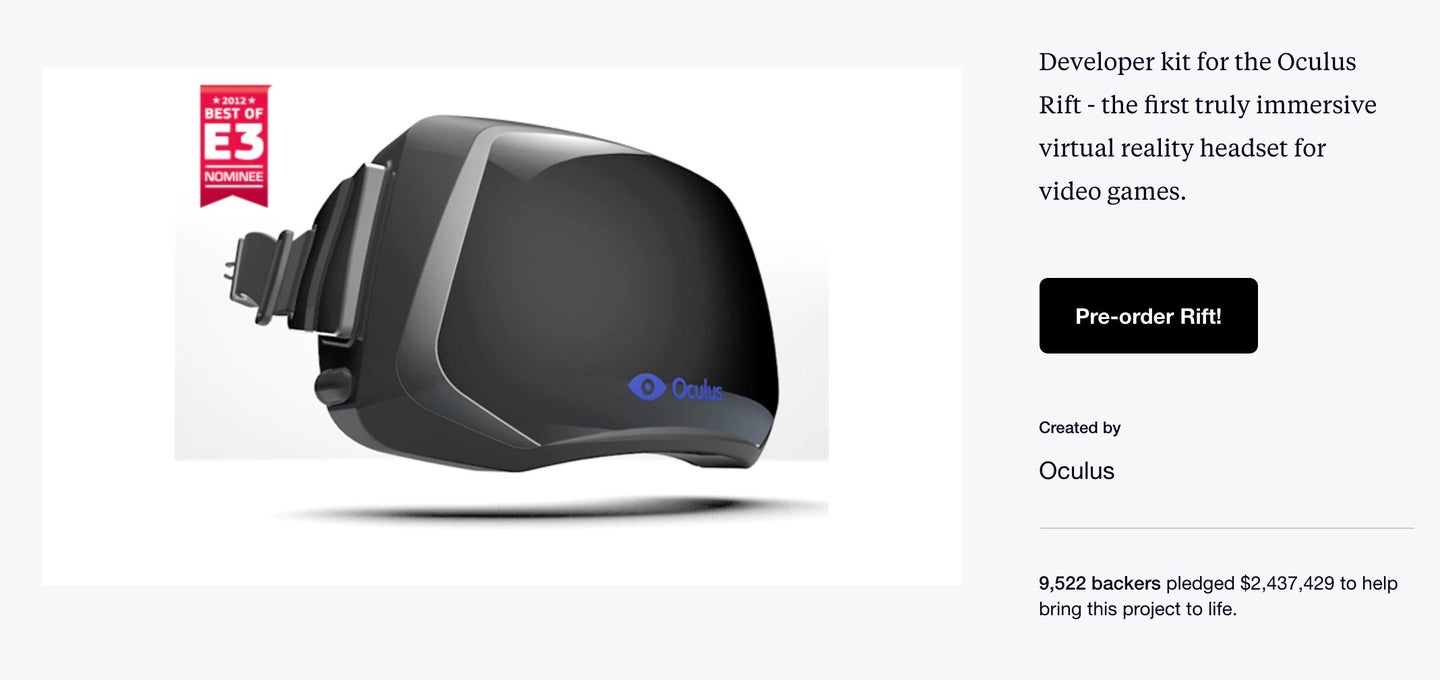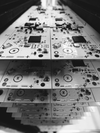Kickstarter has a plan to free products from manufacturing limbo
No, it's not making gadgets itself.


If you have ever bought into a Kickstarter campaign and waited for what may have felt like forever to get what you paid for, you’re among the millions of victims of the dreaded “manufacturing complications.” I recently received the Gnarbox hard drive I backed in 2015—the delay courtesy of a bumpy trip from prototype to consumer product. Some projects have it much worse, like the infamous Coolest Cooler, which raised over $13 million, and still has backers waiting for a product they expected to receive in early 2015. In fact, a 2015 study found that 9 percent of Kickstarter projects never delivered their “rewards” at all.
Many crowdfunding founders are notoriously ill-prepared for the rigors of bringing a product to market. “The manufacturing process begins much earlier than when you go into production,” Kickstarter CEO Yancey Strickler told me over the phone. “Manufacturing is about pricing and preparation and sourcing materials—it’s not just handing over CAD files.” And that’s where a lot of Kickstarter’s gadget creators lose their footing.
Kickstarter is hoping to prevent this from happening with its new Hardware Studio program.
This does not mean, however, that Kickstarter is getting into the business of actually producing gadgets. “Kickstarter is not a store” has been one of the company’s mottos since the early days—and that’s not changing. Instead, Hardware Studio is a partnership between Kickstarter and two manufacturing companies with whom it already had an informal relationship. Dragon Innovation is a Boston-based company dedicated to the logistics of manufacturing; it helps companies plan the process from the early stages and even assist in things like selecting a factory and overseeing the production. The other player is Avnet, a huge distributor of the electronic components.

There are two levels of support offered by the Hardware Studio program. Toolkit is a group of free resources like webinars, online reference materials, and online tools like Dragon Innovation’s Product Planner, which helps lay out and plan the important steps in the process. Hardware Studio Connection is a more-advanced relationship, which includes things like help from engineers and other experts, as well as discounts on components (from Avnet’s library of electronic parts), and even financing options.
With a name like Hardware Studio, it’s easy to assume that this is Kickstarter getting into the manufacturing business, but Strickler is careful to emphasize that this is a partnership and not the beginning of Kickstarter trying to become a gadget company. “We put the tools in the hands of the creators, the control is still in their hands,” he says. “They still make the decisions.” It’s clear the crowdfunding giant is weary of getting into a situation similar to that of Quirky, a company that took a primary roll in bringing inventors’ products to market, and lost millions of dollars in the process.
Even beyond the cautionary tale of Quirky, this type of program isn’t brand new for the crowdfunding segment. In May of last year, one of Kickstarter’s chief competitors, Indiegogo, announced a similar program with a manufacturing company called Arrow, later expanding it to include Riverwood Solutions, which offers advice on choosing a manufacturing location. “We were seeing the same data that Kickstarter was seeing. Entrepreneurs were running successful campaigns on Indiegogo but having a hard time going from prototype to a manufactured product,” said David Mandelbrot, Indiegogo’s CEO.
While Indiegogo couldn’t say whether or not the program helped increase the number of projects that actually deliver products to backers (the lag time between funding and delivery is often over a year), he says consumers do have a lot more confidence in products that are part of the program. Mandelbrot says more than 2,500 projects have applied to be part of the program and the participating products, “raise 58 percent more funds and get 20 percent more contributors than the average campaign on Indiegogo.”

Kickstarter is demonstrably hoping to find similar success. Products need to be selected for inclusion in the more advanced Hardware Studio Connect program (Dragon Innovations and Avnet will choose the applicants) and will get “elevated visibility” on the Kickstarter platform. It’s not entirely clear what that means, but Strickler suggests it will likely be some badging on product pages as well as a section of the site specifically for those products.
“This doesn’t mean someone going through the program won’t hit any obstacles,” says Strickler, “but I think it puts them in a much stronger position to try and make the right choice.”
